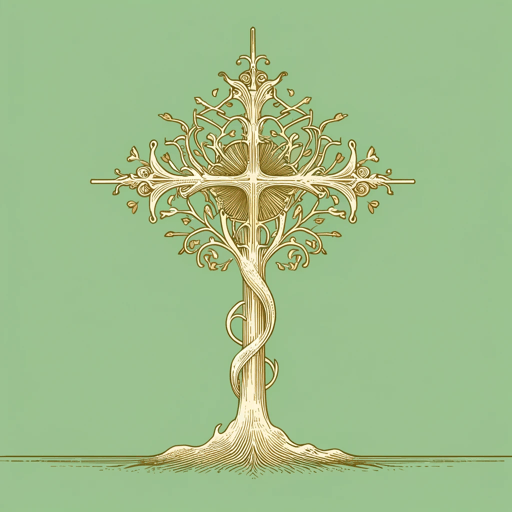30 pages • 1 hour read
AnonymousThe Dream of the Rood
Fiction | Poem | Adult | Published in 1996A modern alternative to SparkNotes and CliffsNotes, SuperSummary offers high-quality Study Guides with detailed chapter summaries and analysis of major themes, characters, and more.
Poem Analysis
Analysis: "The Dream of the Rood"
The oldest-known example of Anglo-Saxon Christian poetry in English literature, “Dream of the Rood” is a doorway between wildly-different cultures and philosophies. While the poem’s themes are strongly Christian, its imagery recalls the Anglo-Saxon culture of warriors and knights, and its symbolism traces a continuity between Christianity and “pagan” traditions like the Celtic and the Norse. The tension between these sometimes-paradoxical schools of thought and images lends the poem great depth both as a literary and as a historical text. Using parallelisms, paradoxes, irony, and juxtaposition, the unknown poet creates a Christian poem reflective of its syncretic, vibrant time.
For ease of understanding, the long poem can be divided into three parts. In Part 1, the unnamed speaker directly addresses the reader and describes his dream and its subject: the tree or the “rood.” Part 2 is the speech of the rood, where the rood addresses the poem’s speaker, and through him, the reader. The final part of the poem sums up the poem’s messages.
Related Titles
By Anonymous

Arabian Nights
Anonymous
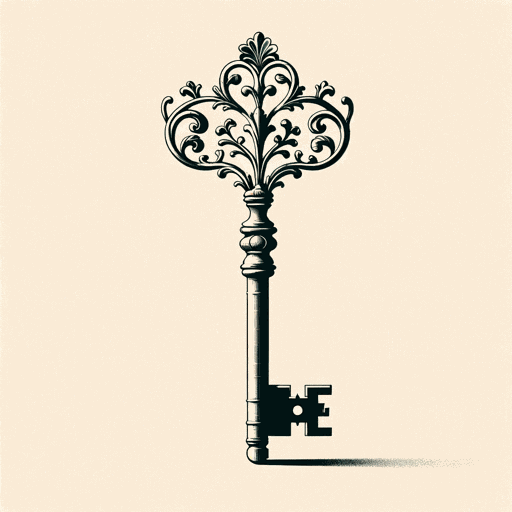
Arden of Faversham
Anonymous

A Woman in Berlin
Anonymous
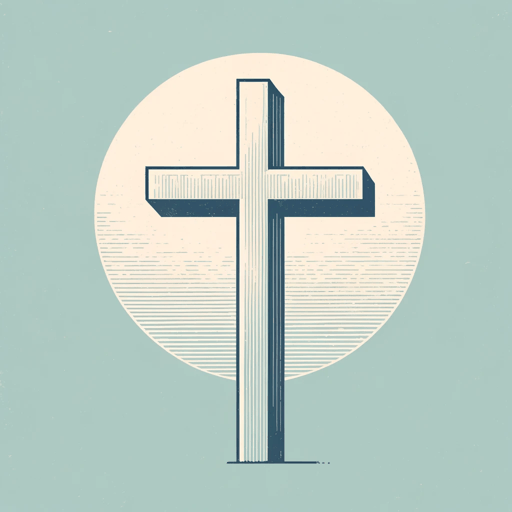
Bible (New Testament): English Standard Version
Anonymous
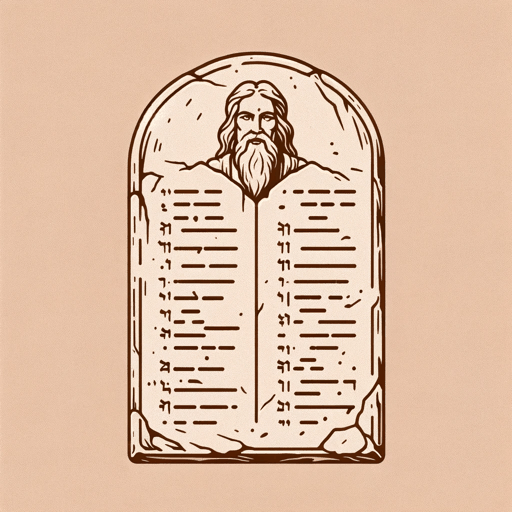
Bible: Old Testament: English Standard Version
Anonymous

Deuteronomy
Anonymous

Diary of an Oxygen Thief
Anonymous
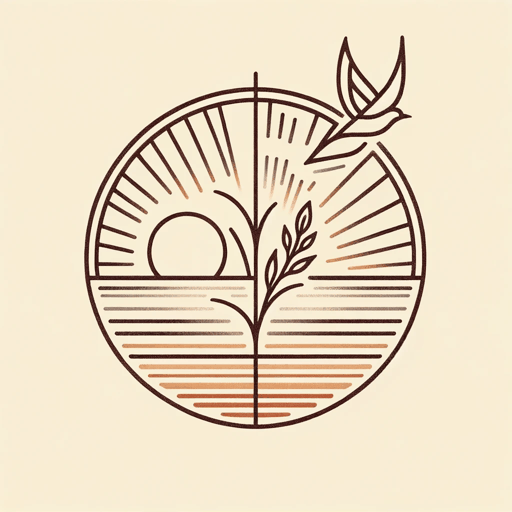
Do Not Stand at My Grave and Weep
Anonymous
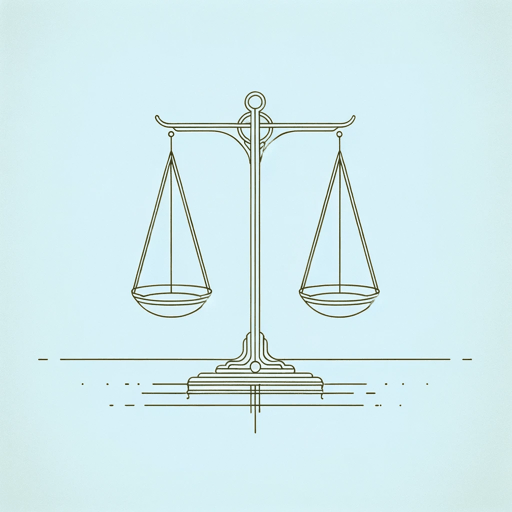
Everyman
Anonymous

Hebrew Bible
Anonymous

Holy Bible
Anonymous

Homeric Hymns
Anonymous
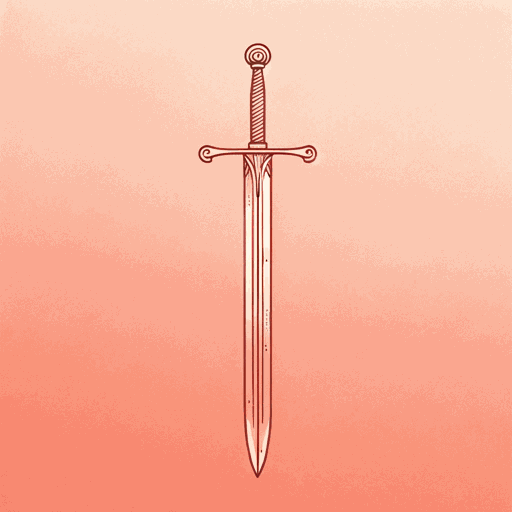
Judith
Anonymous

Laxdaela Saga
Anonymous
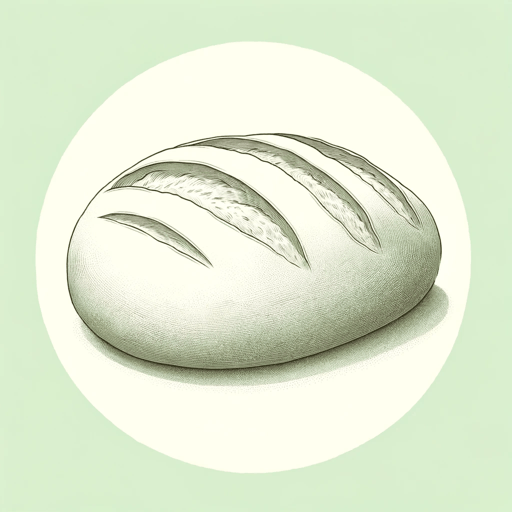
Lazarillo De Tormes
Anonymous

Mahabharata
Anonymous
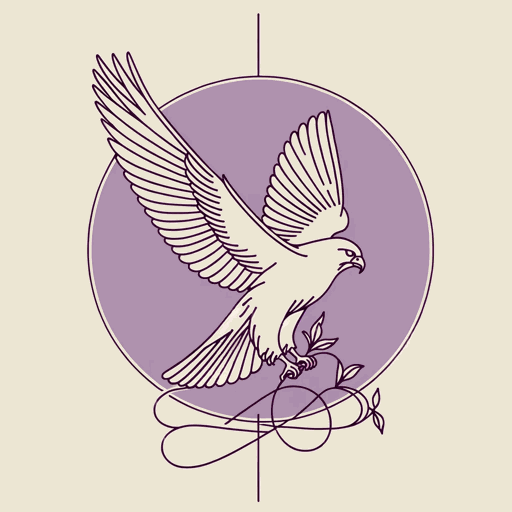
Nibelungenlied
Anonymous
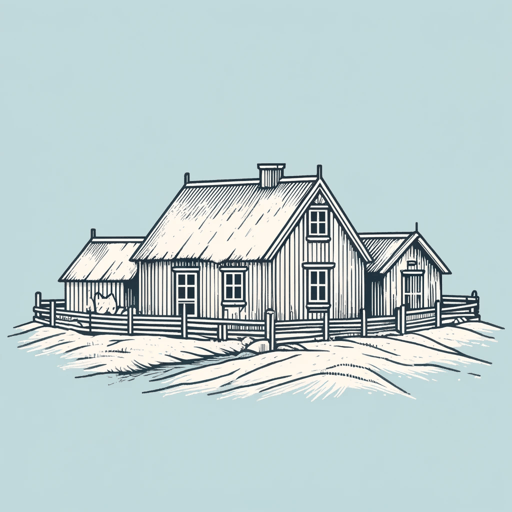
Njals Saga
Anonymous

One Thousand and One Nights
Anonymous
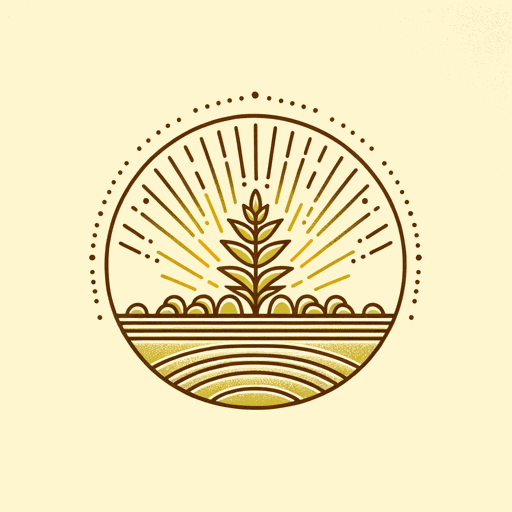
Popol Vuh
Anonymous
